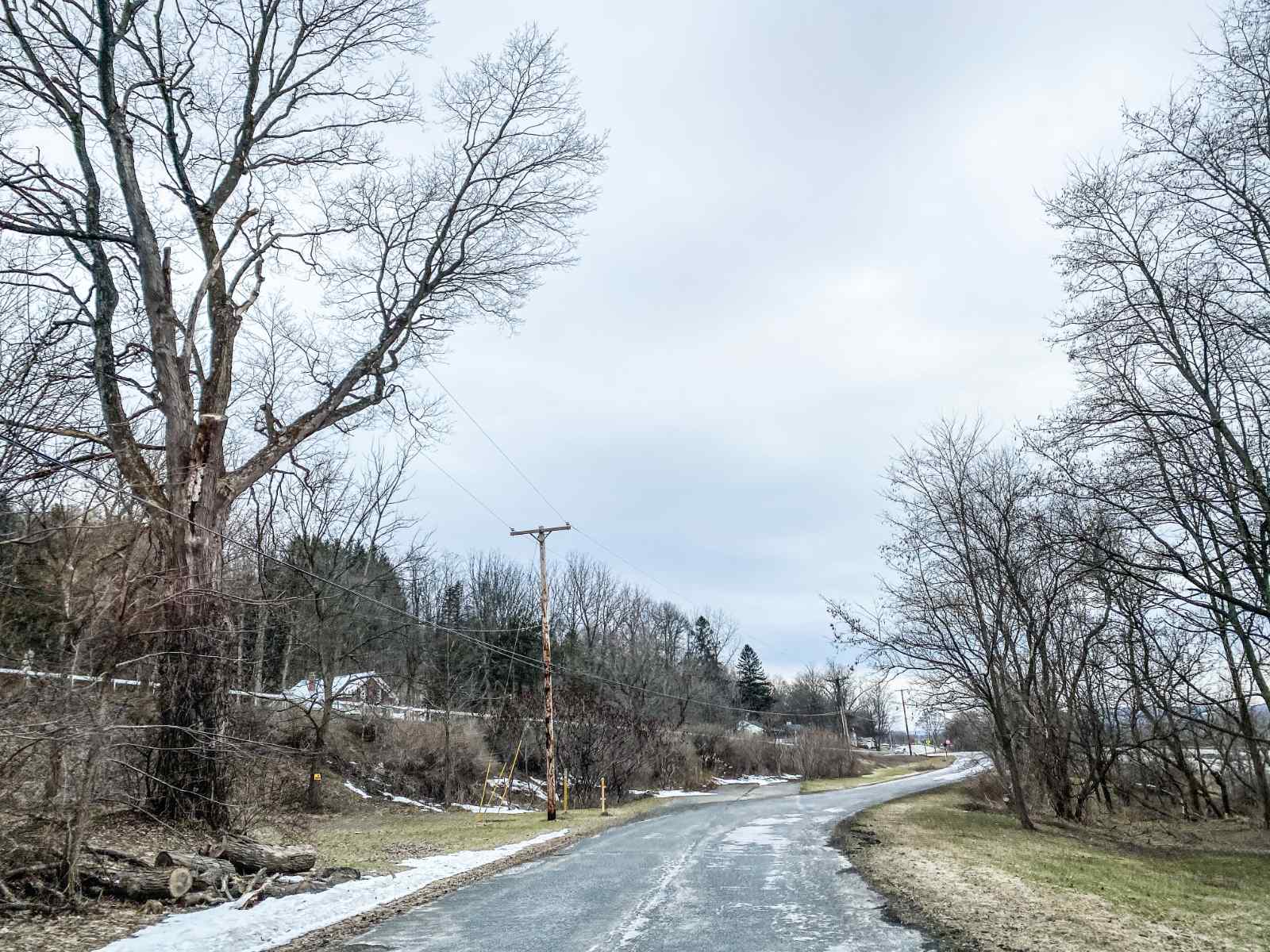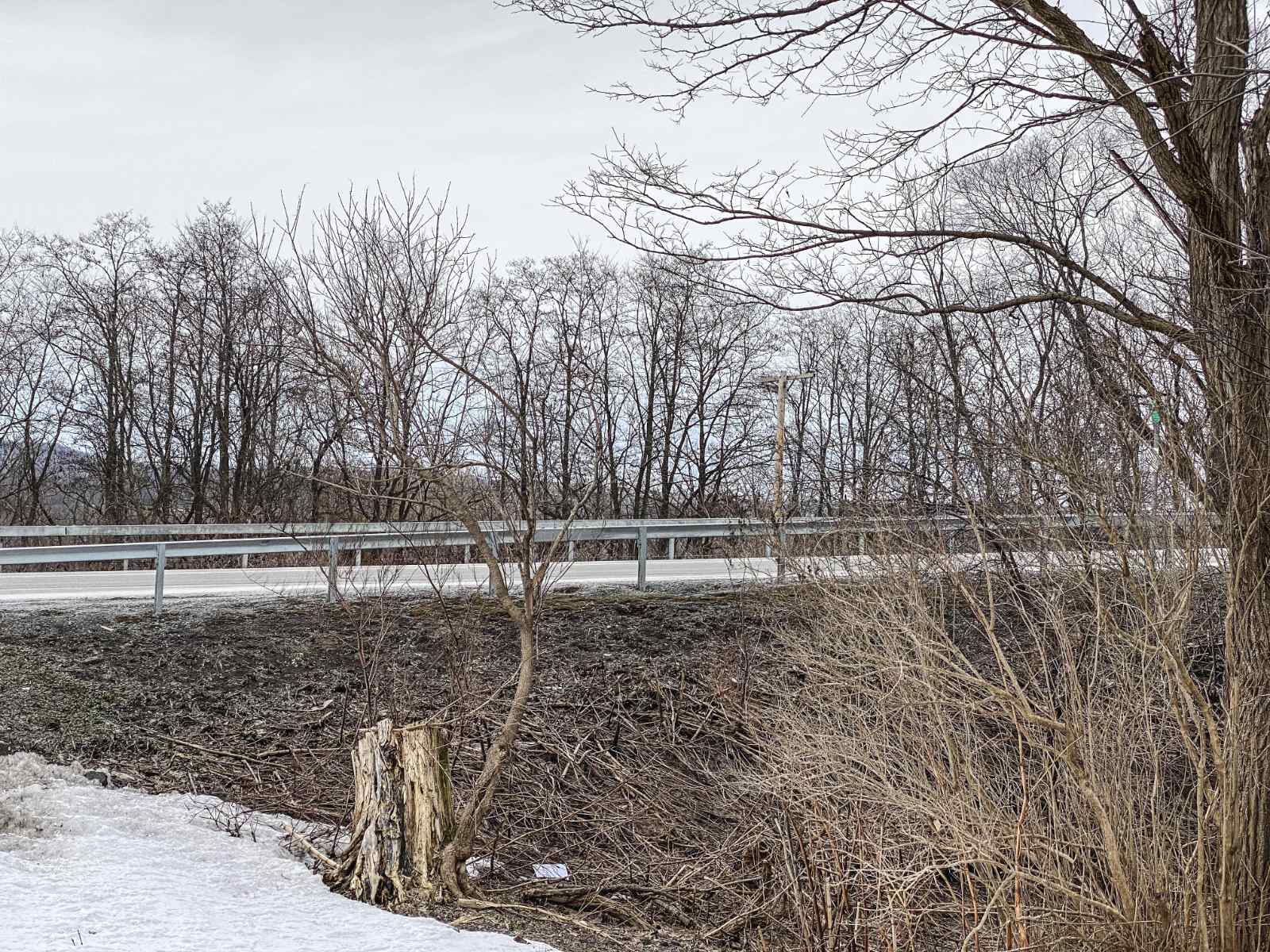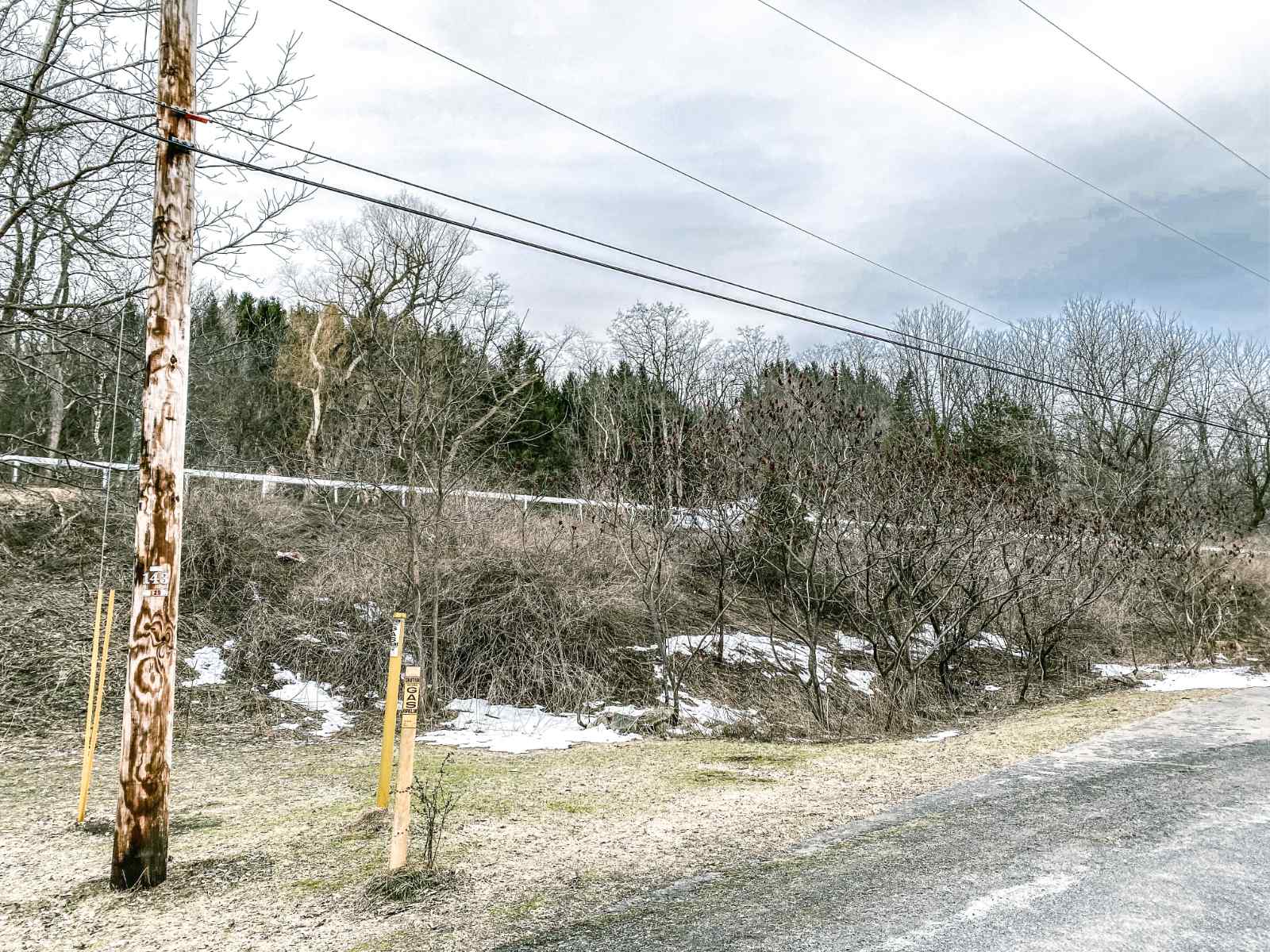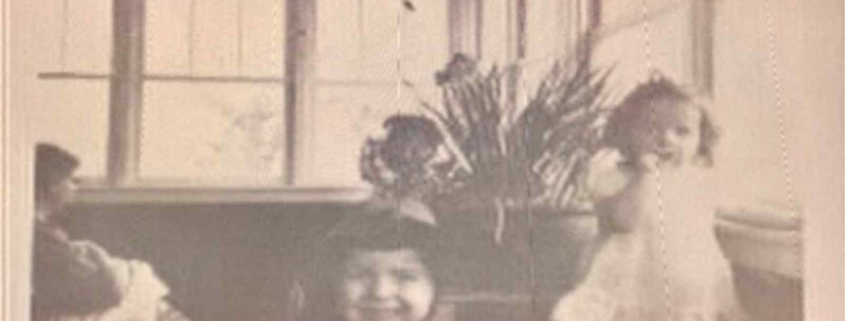The Van Slyke House is saved by the Nichols Family
When Pauline and Peter Nichols secured the mortgage for Lot 43, they brought two young children to the homestead with them. Peter and Pauline had two more children raising their family of four at the Van Slyke House. Peter was a farmer and produced dairy like Lot 43’s inhabitants before him until at least 1940.
Just a year after securing Lot 43 and the Van Slyke House, Peter Nichols was faced with American Telephone and Telegraph’s (AT&T) easement grant where AT&T secured “the right, privilege and authority” to “construct, operate and maintain its lines of Telephone and Telegraph.” As the Mohawk Valley continued its expansion, Lot 43 land was again needed from Peter and Pauline Nichols, this time by Herkimer County in 1931 and again in 1948.
New York State contributes to the nation’s interstate auto travel
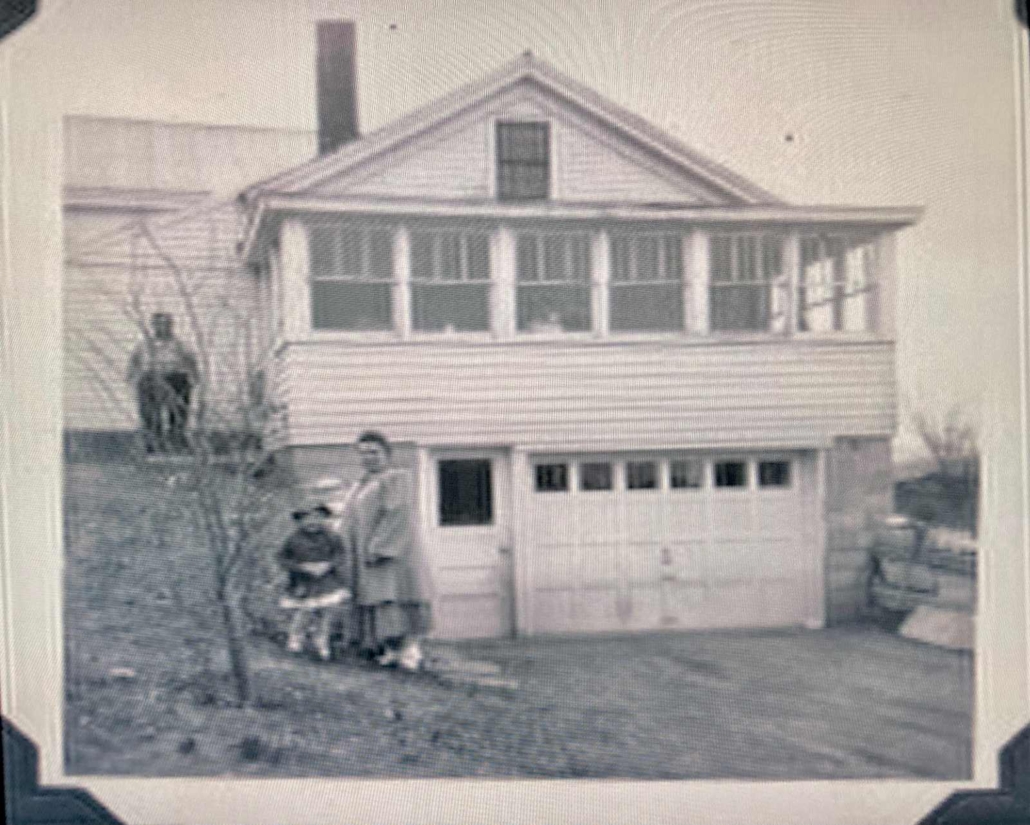
The Nichols family moved their house out of the way of the NYS Thruway
Peter lived in the house only three more years. His will left the property to his wife, Pauline until her death just two years later. When Pauline died, her will bequeathed Lot 43 and the 1860 Van Slyke home to her daughter, Helen.
Helen, along with her brothers, were known to have large gardens on Lot 43.
They grew vegetables to feed their households and had substantial potato yields that were stored in a small root cellar room in the basement. Family members recounted how the root cellar would be filled to the top with potatoes. Interestingly, not too long ago, a woman who grew up in one of the neighbouring houses told us that she would visit Aunt Helen to play with the other children. Before she left, she said that she had fond memories of Aunt Helen making the kids fresh potato pancakes. Helen was loved by many and lived at the Van Slyke House until her death in 1986.
